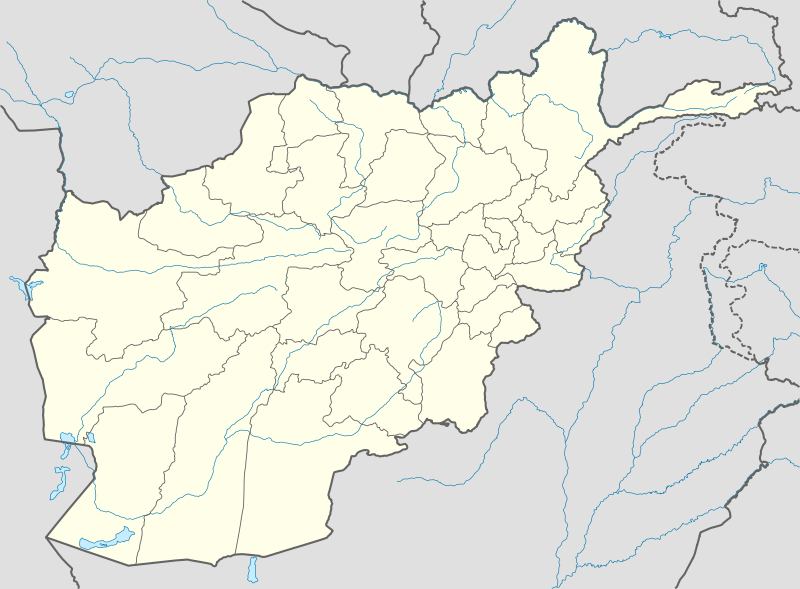Kabul, Afghanistan – Jawad Zahaak, the head of the Bamiyan provincial council of in central Afghanistan, was found shot to death near a main road connecting the province to Kabul on June 7. The Taliban claimed responsibility the murder, the latest in a series of high-profile assassinations the group has carried out across the country.
Zahaak’s killing underscores the dwindling and increasing isolation of Afghanistan’s safe zones
Like many politicians of his generation, Zahaak, who was in his forties, took up arms during the factional civil war of the 1990s. But unlike so many of his contemporaries, he had since made a genuine transition from militia fighter to elected representative, becoming one of the most popular politicians in his region. His leading of theatrical, non-violent demonstrations against what many Bamiyan residents see as the central government’s indifference to their poverty earned him a populist reputation.
Hundreds of mourners converged on the airstrip overlooking Bamiyan’s provincial capital as the helicopter returning Zahaak’s body landed on June 8. The crowd soon swelled to thousands as young men with tear-streaked cheeks marched through the streets of the city with Zahaak’s coffin. They carried wreaths of flowers, photographs of the slain legislator and black mourning flags. “Death to Taliban!” they chanted, fists raised in the air –defiant gestures that momentarily masked the fear rippling through their province.
It wasn’t always like this. Under the Taliban regime, Bamiyan suffered a punishing blockade and massacres of civilians, but it has been one of the few areas of the country to enjoy something approximating peace during the past nine years. Within its borders, there is still no insurgency to speak of and very little violent crime. I have walked through its valleys in the darkest hours of the night with only a friend and a flashlight, neither endangered nor unwelcome.
Bamiyan’s relative social liberalism, especially regarding the status of women, also sets it apart from other provinces. Last summer, when I traveled to Bamiyan with a group of local civil society activists, I watched a tall high school girl with a booming voice don a turban and play the part of a land-grabbing warlord in an educational play about land disputes. No one in the audience of students, farmers and local civil servants seemed to regard this as an unorthodox performance.
Very few outsiders will now experience Bamiyan’s variety of rural Afghan liberalism firsthand. International organizations no longer allow their employees to visit Bamiyan unless they fly. All of the overland routes into the province have become treacherous over the past two years. Traveling along them carries the risk of falling victim to lurking gunmen, mines and sudden firefights. Kidnappings, often for ransom, have proliferated.
In April of this year, I took the road to Bamiyan through Parwan’s insecure districts. Along the way, my colleagues and I shuddered as we passed a deep crater left by a recently detonated bomb and I sat in the back of the car, sweating and silent under my “travel burqa,” until we crossed into Bamiyan.
During that visit, residents told me they saw the slowdown in aid delivery and the disappearance of foreign aid workers as a sign of impending abandonment by the international community and exasperated local aid workers complained that traveling to Kabul to meet with donors had become the most dangerous part of their work.
“I was here during the Taliban time,” a professor at the provincial university told me in a grim tone. “It was so bad for Bamiyan people. We will never forget those things and we are afraid of what will happen to us in the future.”
In killing Jawad Zahaak, the Taliban couldn’t have sent a clearer message to the residents of Bamiyan: you are trapped.
